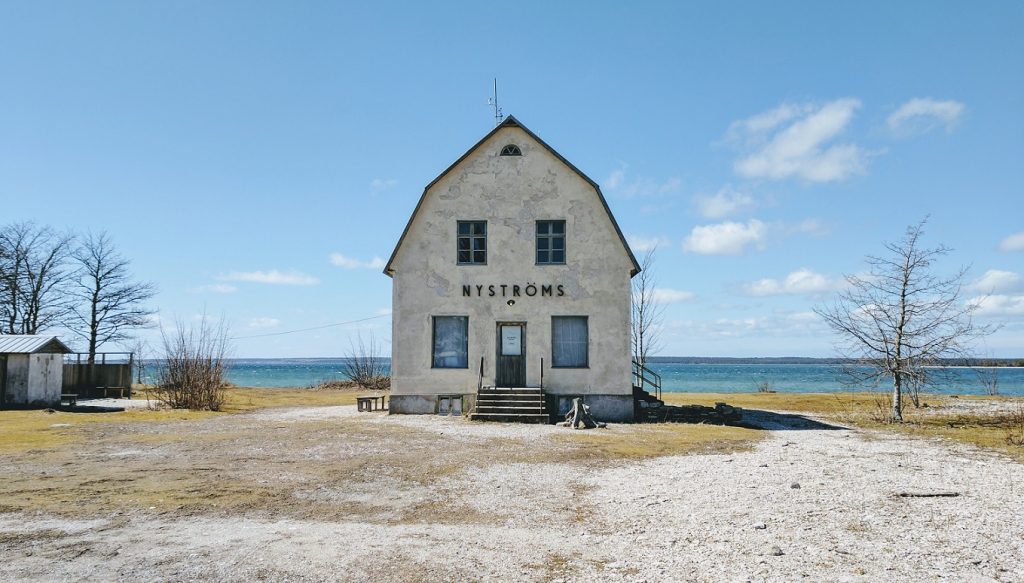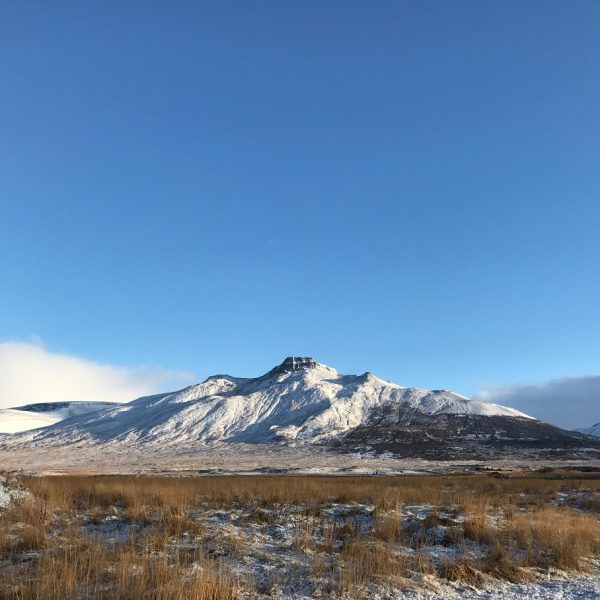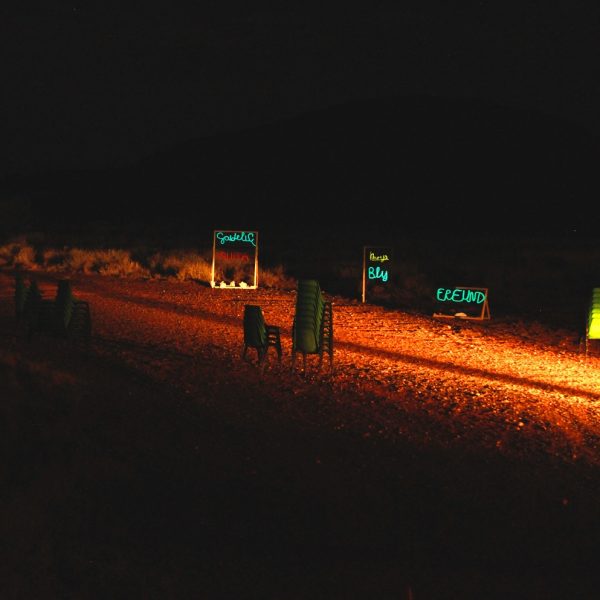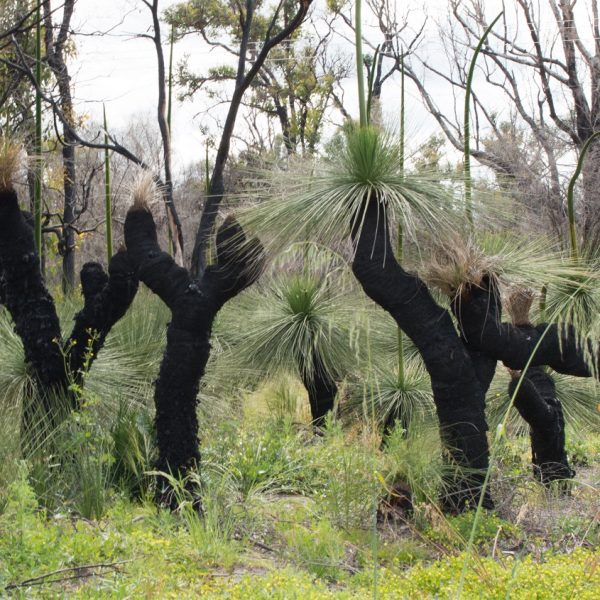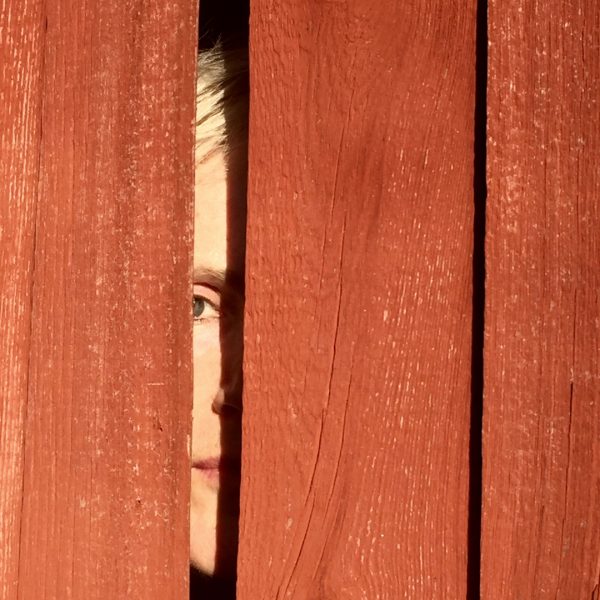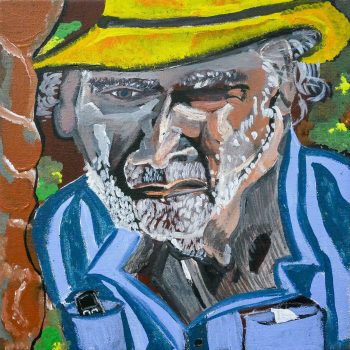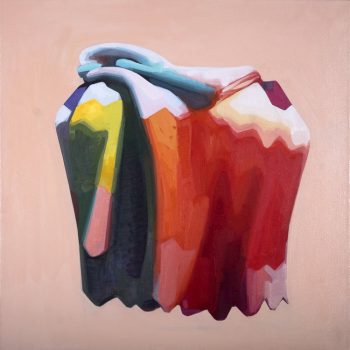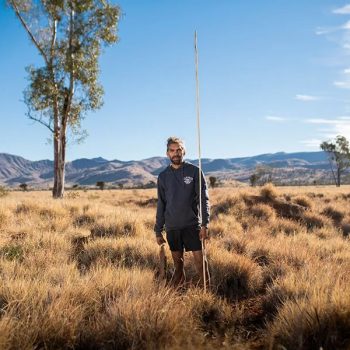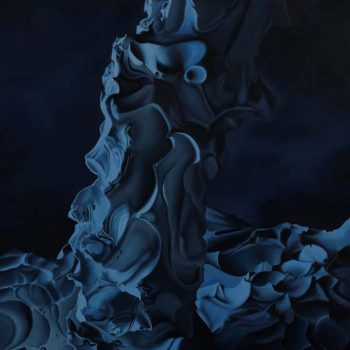SPACED 3: NORTH BY SOUTHEAST: EXCHANGE BETWEEN NORDIC AND AUSTRALIAN VISUAL ARTISTS. THE PROGRAM SPANNED THREE YEARS (2016–18) AND CONSTITUTED THE CORE OF THE THIRD ITERATION OF SPACED,
A RECURRING INTERNATIONAL PROGRAM OF CONTEXT-RESPONSIVE ART,
PRESENTED BY INTERNATIONAL ART SPACE
Exhibition on at AGWA until 7 January 2019
Introduction by Marco Marcon from Spaced 3: North by southeast catalogue
The land is beautiful, but not pretty. Strictly speaking, its awe-inspiring vastness is what philosophers call sublime, which is not a higher dimension of the beautiful but a feeling that combines the exhilaration inspired by the display of nature at its grandest and the powerlessness we experience when overwhelmed by the awesomeness of such spectacles.

Of course, this land is more than a sublime spectacle. It is also – and this is especially true for its traditional Indigenous custodians – a home and the horizon within which people inscribe their stories. These narratives, be they ancestral or merely historical, transform the forbidding otherness of sublime nature into a dwelling symbolically fit for human habitation. In so doing, they seal the covenant between a nation – a term that should be understood in its broadest sense and not only as synonym of the modern nation state – and the land that shelters it. The bond between nation and land is inherent in the shared Latin etymology of the English words ‘nation’ (natio), ‘nature’ (natura) and ‘to be born’ (nascere). Nation and nature converge in the idea of the motherland, a ‘mother’ that gives her ‘children’ their ‘nature’ as participants in a shared community and as members of a nation. Despite their profound differences, Indigenous and non-Indigenous inhabitants of this land share this bond between place and identity, nature and nation, and thus treat the land as a palimpsest for human stories of origin and belonging.
Underlying these narratives rests the land’s ultimate role as the ‘mother’ that supports and shelters the material life of the community. Hunting, gathering, fishing, agriculture, logging and mining are human activities that turn nature into a means of survival and an economic resource.
The land’s dual character as a source of both symbolic meaning and material utility can, however, become a source of conflict if the balance between the two is broken. This is the situation of modern market economies in which the land is no longer seen as that which nourishes and gives meaning but merely a means to endless economic growth.

Hammersley Dunes, Fitzgerald River National Park WA
But which land is this land? The description fits Australia but also other places; for example, the Nordic countries of Sweden, Iceland, Denmark and Finland. They too have sublime landscapes, ancient indigenous cultures, economies that greatly rely on natural resources and severe environmental challenges created by the over-exploitation of natural resources. These perhaps surprising similarities between lands at the opposite ends of the globe provided the initial impetus for spaced 3: north by southeast. The project, like previous iterations of spaced, was based on the idea of commissioning artists to create new works through a series of residencies in rural and remote communities. But – and this was a first for us – the residency hosts were located not only in Western Australia, as it has been the case in the past, they were also based in several Nordic countries.
This geographic expansion created an exchange in which Australian artists were invited to work in Swedish, Finnish, Danish and Icelandic communities, while regional organisations throughout Western Australia hosted visiting Nordic artists.
To support this exchange, we set up an international network of residency hosts that generously agreed to contribute to the project by providing accommodation, community liaison and logistic support. The International Art Space role, as commissioner and producer of the project, was to manage this dispersed global network and ensure that all projects adhere to the curatorial guidelines. It was a difficult role, given that we are a tiny organisation with limited financial resources, and considering the vast distances between the various ‘nodes’ of the network.
As it is to be expected, the relationships between artists, residency hosts and communities often developed in unexpected, and occasionally problematic, ways. But this is the nature of a project like spaced: we set things in motion and let them develop, intervening only when the process goes off the rails. We are not interested in micro-managing outcomes but prefer, as the saying goes, to let a thousand flowers bloom.
The works you see in this exhibition, many of which have a collaborative component, embody the artists’ creative responses to local landscapes, histories and communities.
They emerge from encounters with the unfamiliar, but also register the realisation of the close relationship between the global and the local. Cultural differences still endure, of course, but they exist in a cross-national context of shared economic, environmental and technological realities. While the issues are often the same, the ways of addressing them reflect local values; for example, while Nordic countries tend to favour collective responsibility,
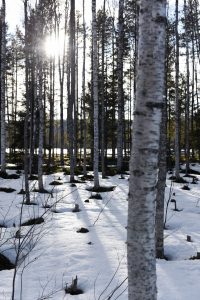
Australia often emphasises individual autonomy. Artists responded to the situations in which they found themselves in different and sometimes unpredictable ways. One should not expect from artists scientific analysis or journalistic reportage – although some adopt a deceptively straightforward documentary approach – but an open-ended interplay of impressions, intuitions, analogies and ideas. What we, as project commissioners, want from artists is only that they don’t lock themselves in their studios but create work by immersing themselves in ordinary life and engaging in a dialogue with people beyond the narrow confines of the art world. The outcome of these interactions affected the final works – sometimes overtly, at other times only implicitly – and can also be followed as they unfolded by accessing the artists’ blogs posted on our website.
Finally, I would like to personally thank Dr Stefano Carboni for offering us the fantastic opportunity to present this exhibition in Western Australia’s leading art institution. A special thank you also to Dunja Rmandić and all the other gallery staff who worked with us on this project. Of course, the exhibition comes at the end of the two-year residency cycle that was only possible because of the support of the many organisations that hosted the artists, a contribution for which we are very grateful.
Thank you also to the artists and the International Art Space board and staff, especially the indefatigable Soula Veyradier.
Participating Artists:
Robyn Backen (NSW), Michelle Eistrup (Denmark), Gustav Hellberg (Sweden), Deborah Kelly (NSW), Danius Kesminas (VIC), Tor Lindstrand (Sweden), Heidi Lunabba (Finland), Dan McCabe (WA), Linda Persson (Sweden), Keg de Souza (NSW), Sam Smith (NSW).

